Words: Liam Friary
Images: Cameron Mackenzie
RRP: $5,199
Marin is no stranger to the cycling industry: they’ve been around since ’86. Back then, in the 80’s, mountain biking was just arriving on the scene, and Marin were one of the brands at the helm of innovation and pushing the sport forward. That progression continued through the 90’s and into the current age. The brand has stood the test of time and, in this current era, they typically make solid, no-nonsense bikes at a very good price point. Heck, their marketing department sums it all up in just a few words: ‘Made for Fun.’ I think this approach often gets lost within the cycling industry, as all too often it’s about the performance side and not the fun side. Don’t get me wrong, there’s space and a need for performance, but I would argue that a large majority of riders ride bikes for fun – including myself!
The Marin Headlands 2 is the latest gravel bike from the iconic US brand. Their local office sent us an email offering us their brightly-coloured carbon bike for our bikepacking mission around Central Otago. This would prove to be the perfect test for the bike, as it would take a flogging across a variety of terrain. So, does the bike, with clearance for 700C x 45 or 650B x 50 tyres and a dropper post, tick all the boxes for our adventure? Without a doubt, this bike has its foot firmly planted at the mountain bike end of the ‘gravel spectrum’, which makes sense given the brand’s heritage.
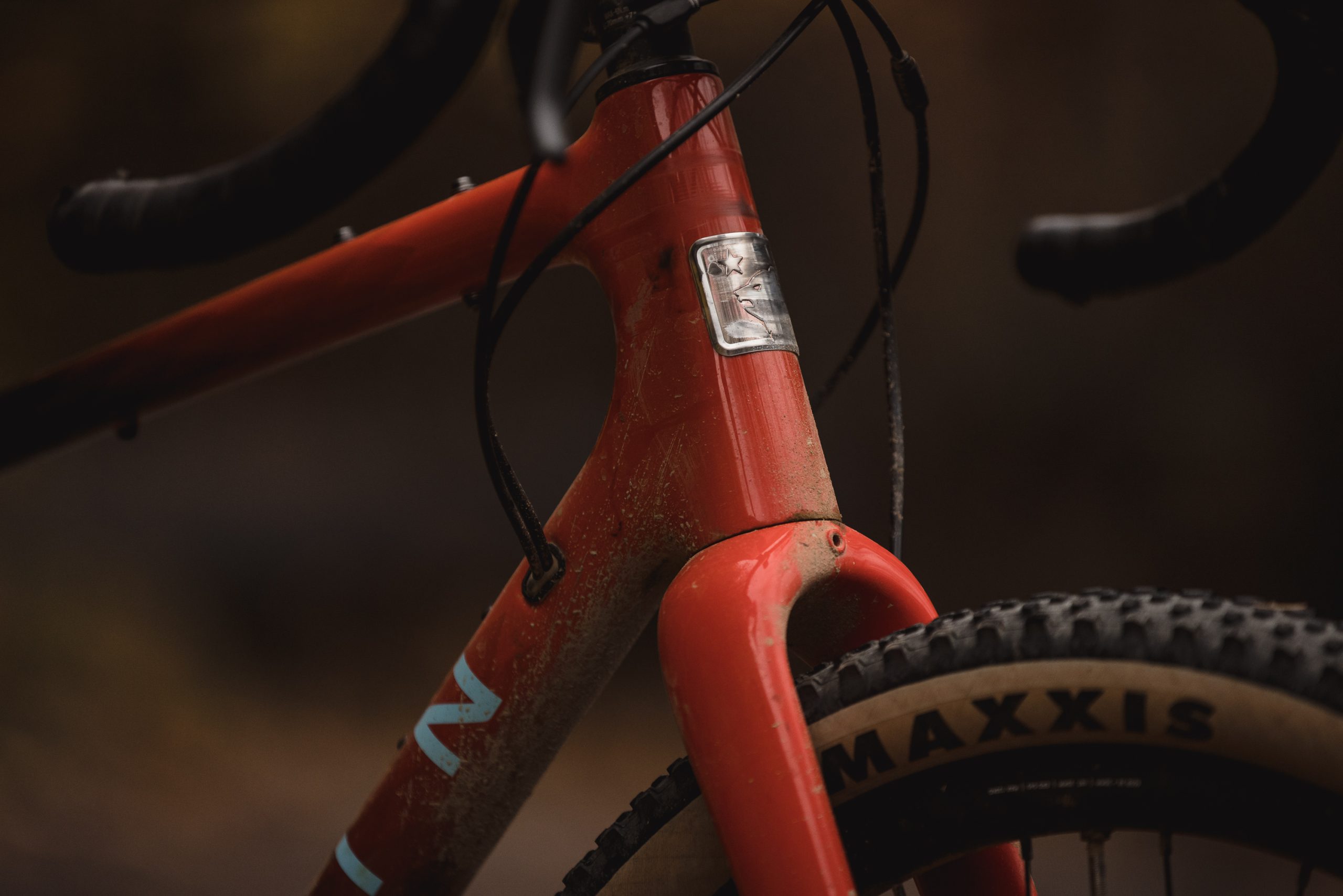
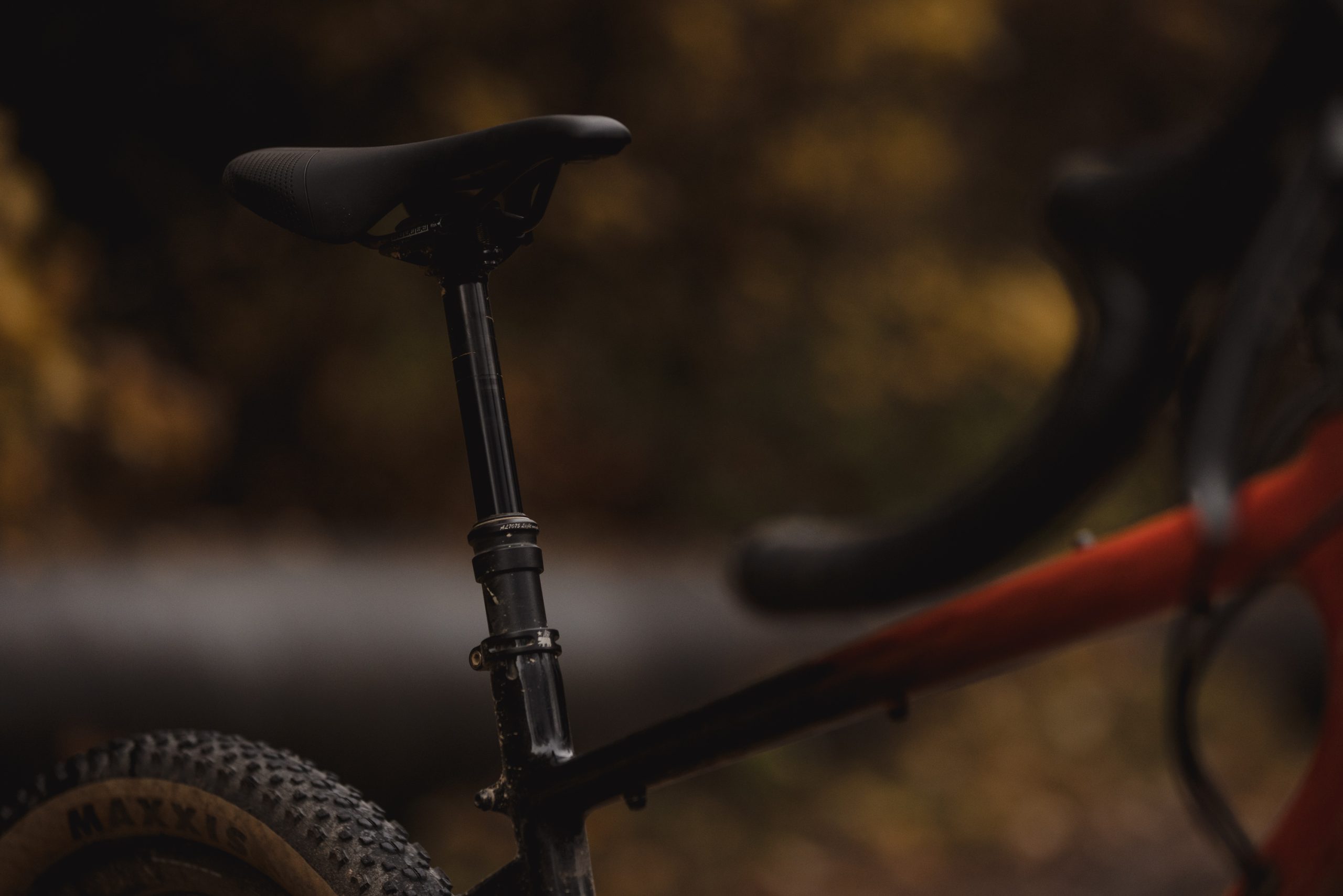
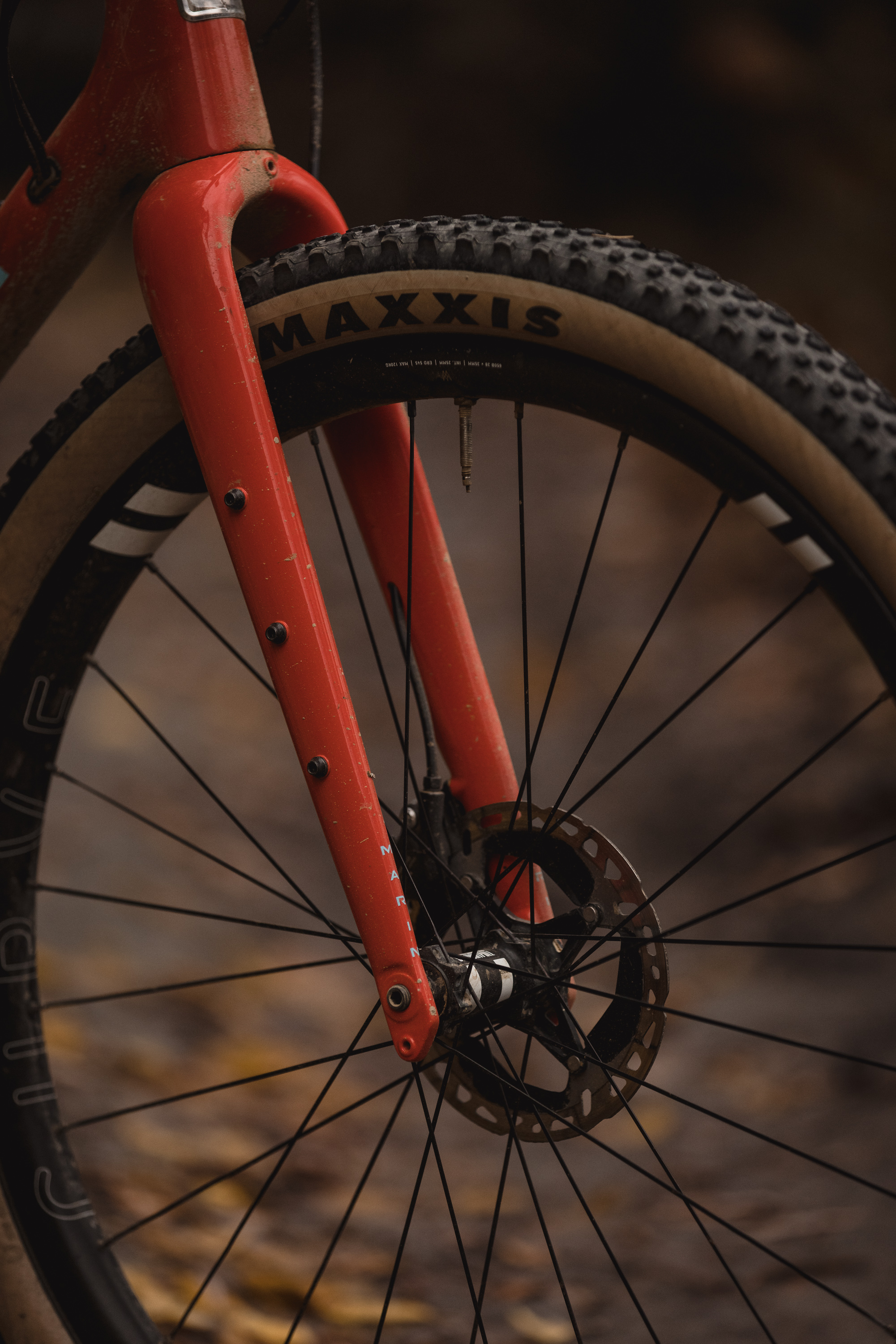
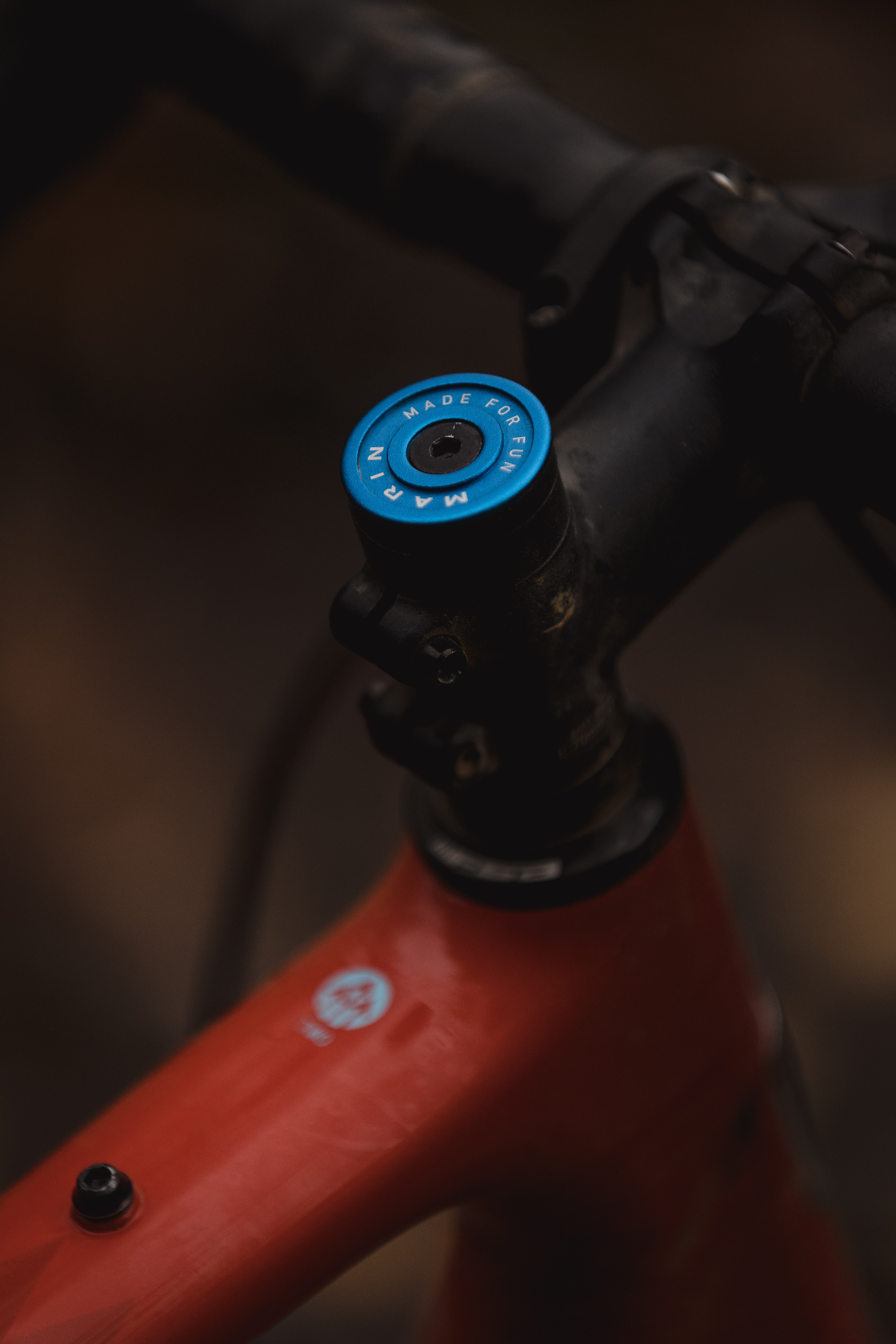
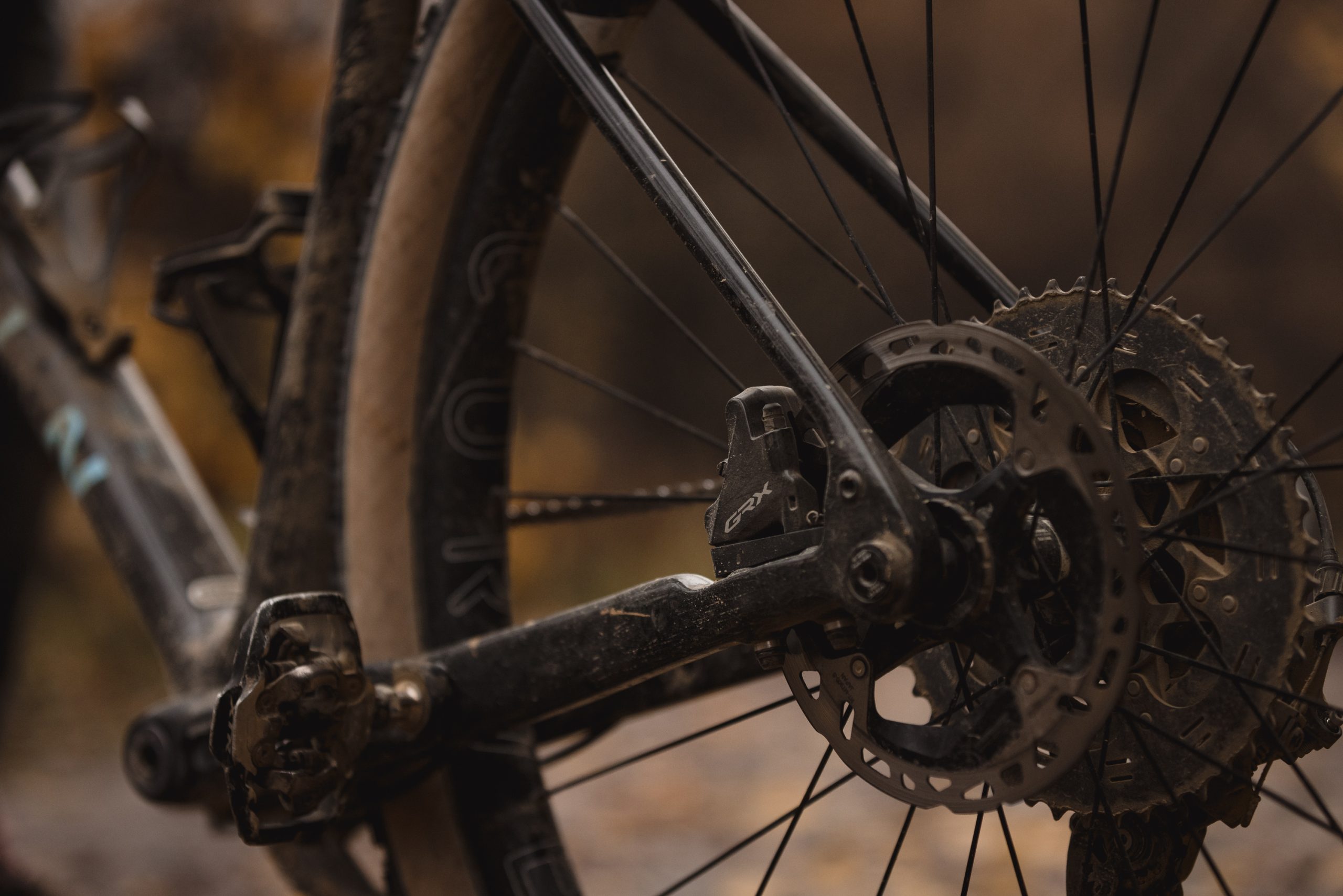
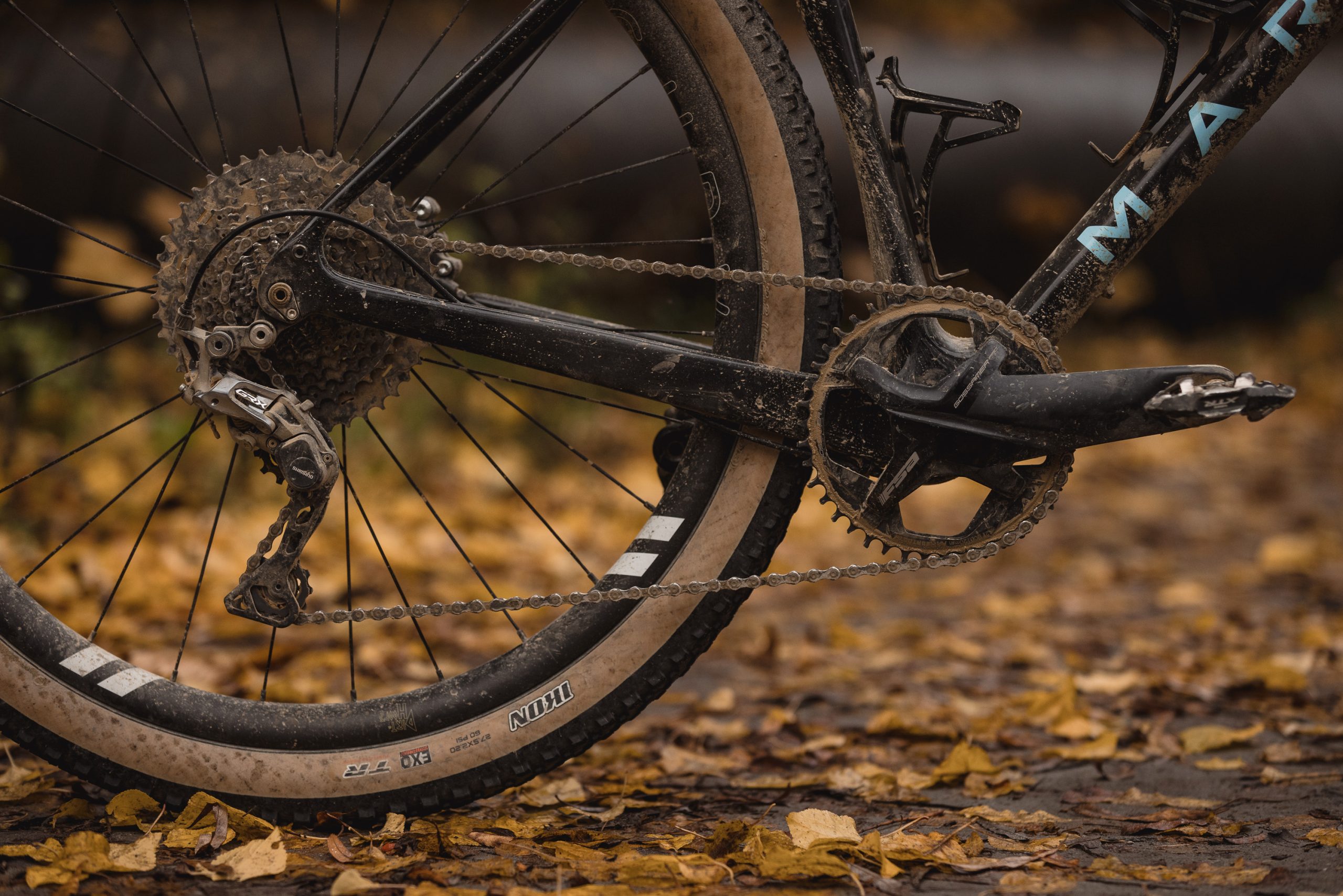
The Frame and Components
The Marin Headlands 2 certainly doesn’t hide behind subtle colours: it’s colourways are loud and proud, paired with a modern look and progressive geometry. As mentioned previously, it can take a large volume of tyre – which is definitely needed nowadays, with riders pushing further into the backcountry. I decided to test the bike with a set of Curve Dirt Hoop wheels, laced with Maxxis Ikon 650B x 2.2” tyres. This is mainly because I wanted tubeless (for lower pressures) and didn’t have a ton of time to tubeless up tyres before heading away. It also meant I could then trust the wheels and tyres when riding in the remote places we’d be heading, plus I wanted to have as much tyre volume as possible for the trip south. The clearance isn’t recommended for 2.2” tyres, but they did fit with a little room either side. It’s got 12mm thru axles and numerous bolt-on points for bottle cages and gear which make it ideal for bikepacking. Same goes for the rear triangle and fork which have eyelets for mudguards, if you feel inclined; the bridge on the seat stays can also be removed. The frame has no shortage of haulage options and can easily accommodate racks, thanks to the large variety of bottle cage bosses.
The flagship model of the range weighs in at around 9.81kg in size 56 and comes with a 1×11 groupset consisting of a FSA Gossamer Pro 42t crankset, Shimano 11-Speed 11-42 cassette and Shimano’s GRX 600 rear derailleur and brakes. As mentioned, I removed the wheels, but I also added a few more gears with an 11-46 cassette – stock it comes with Marin’s aluminium double laced with WTB Byway, Distance Plus Compound, 700C x 44 TCS Tubeless Compatible tyres. Rounding off the build is the 105 mm TranzX YSP11 dropper post and in-house aluminum components for the cockpit. Handlebars are Marin Butted Alloy, Flat Top, Compact 12º Flared Drop, Flat Top, and on the size 56 frame they’re 440mm wide handlebars. Lastly, the internal cable routing keeps everything looking nice and neat.
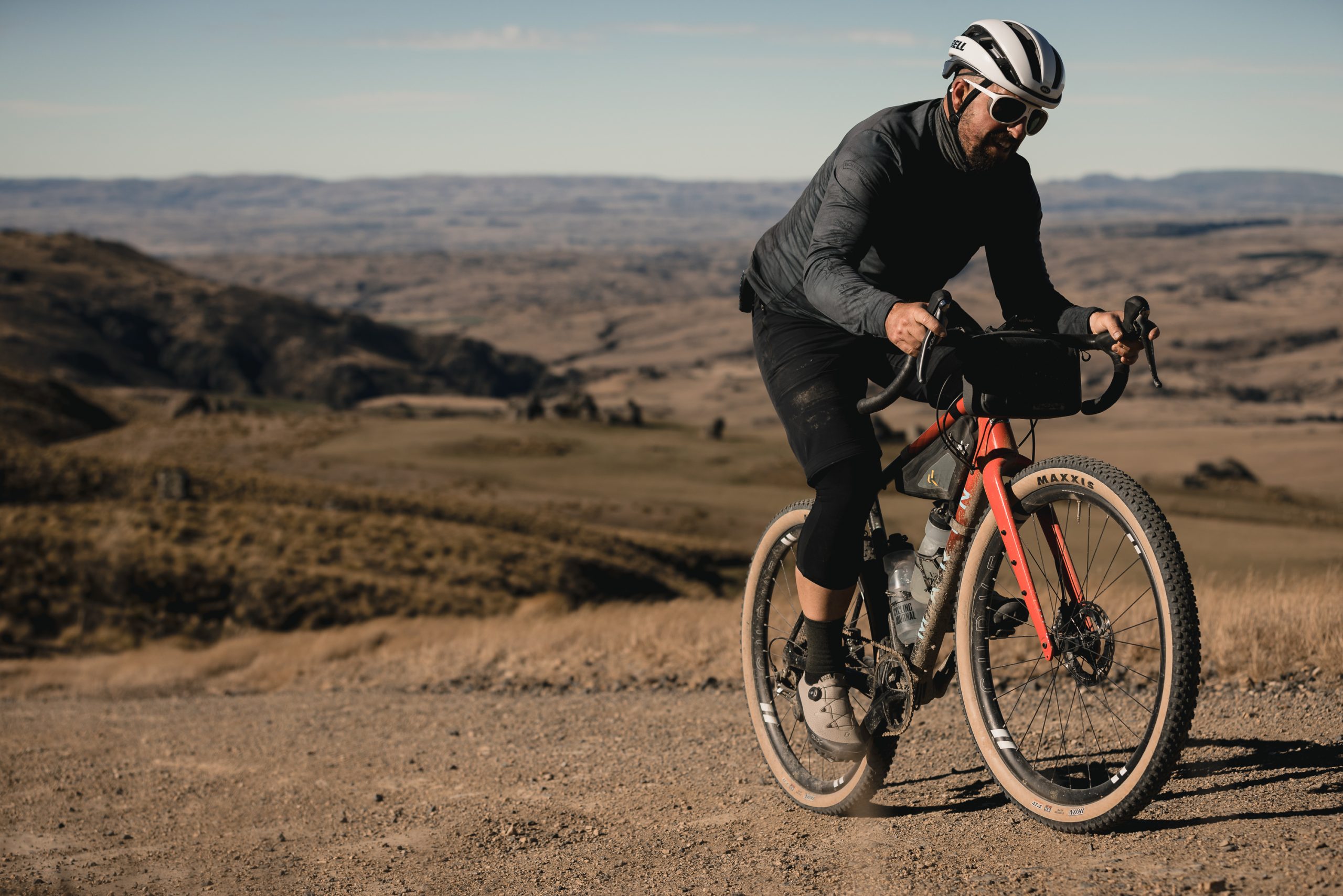
The Ride
I can promise you that I have put this bike through its paces; from tarmac to gravel and trails, 4WD to gnarly tracks, and almost everything in between. It’s first outing was for a jaunt around my local hood, the Waitākere Ranges. I mainly rode gravel and tracks, and my first impressions of the rig were good. I needed a few tweaks to get my set up dialed, but nothing major, and after the initial ride I wasn’t sore. It was then slung into a box to travel down south for our Central Otago adventure.
Our first few days of the trip were mainly on cycle trails, which gave me some time to get accustomed to the Headlands. The rig is lively and super playful, and you can’t help but have fun aboard it. The trails were tight in sections and flowed well, which made me push. The smaller wheels with larger tyres allowed the bike to feel nimble with plenty of comfort. It wasn’t too short on pace either but did take a lil’ bit to wind the rig up to speed. I must say, having a dropper post was a handy addition; just being able to get out the way on some of the steeper descents made the bike easier to manage. After a few days on the trails, I was eager to get into the remote high country and see what the rig was capable of.
The route offered some tarmac transfers but, for the majority, it was heavily off-road and, as we ventured off the trails, it became rugged 4WD tracks and gravel roads. The upright position helped a lot with the long and arduous days in the saddle, not only for all-day comfort but also for some of the rowdier riding. The climbs in the south are often long and hard, especially when trying to traverse mountain ranges. The rig certainly isn’t no pure climber, but neither was the rider on board it! The bike does climb well, however, mainly helped by the shorter chain stays ensuring the power is transferred where it’s needed most. I must admit, with the geometry of the bike, I did have to inch myself right forward on the tip of the saddle when climbing up 15% or more gradients, in order to keep the front wheel down.
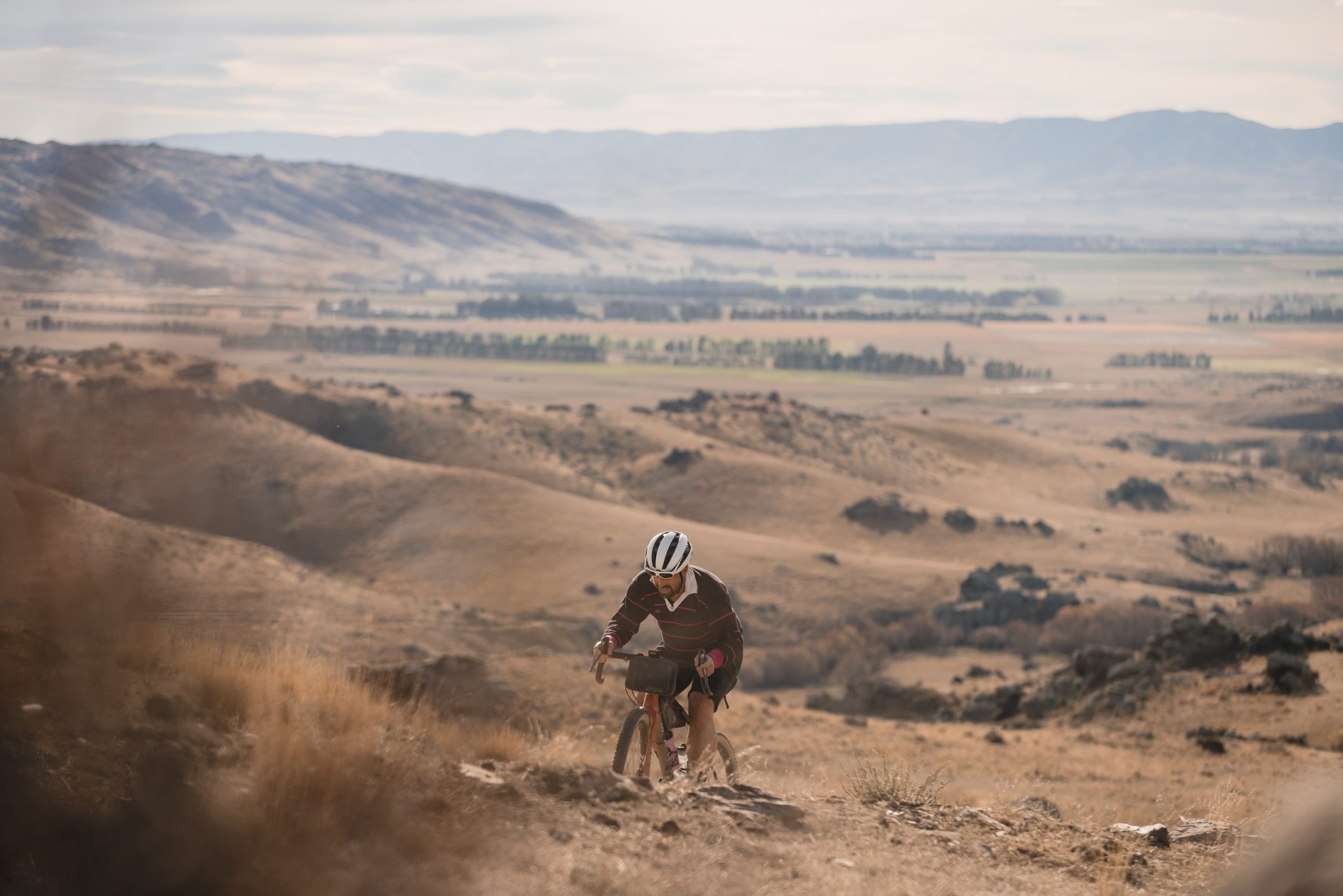
You certainly can feel the brand’s mountain bike heritage coming through in the Headlands. I’d probably think of it as more of mountain bike with drop flared bars. On the descents it was the rig’s precise predictability that gave me confidence, even when it was loaded up with bikepacking bags and gear. Throw in the dropper post, Shimano GRX large shifter hoods and Shimano’s off-road capable GRX brakes and there’s not much more you could ask for when descending steep grades on terrible terrain. The dropper post is easily actuated with the left shifter and I did tend to use it quite a bit. Marin, who are no strangers to innovation, were one of the first brands to introduce dropper posts to gravel bikes. There’s a solid comfort from the carbon frame and fork, and larger tyres, and although the corrugations were hard, the rig absorbed the high-frequency vibrations.
So, with all that said, it’s a great bike for a wide variety of uses from the daily commute right through to multi-day bikepacking trips. However, it’s not perfect and there’s a few things that caught my attention. Firstly, the crank pedal length is awfully long at 175mm on the size 56, and is a little strange these days as riders, including me, tend to opt for shorter cranks lengths. Shorter cranks help with pedal efficiency and keep them from getting scarped on rowdier terrain. It must be said that, in my test period, I didn’t fare too badly with the longer crank length and there wasn’t any toe overlap either, which is an advantage. Along with that, the complete bike is a little bit of a mishmash of parts and components, however, this is probably due to current stock levels and keeping the price low. And, lastly, the rig should step right into the mountain bike realm and be a bit slacker. Maybe a short suspension fork would be an awesome addition. Then it’d be something like the 90’s mountain bike coming into this modern era with a drop bar gravel bike. But really, being a bit slacker with a further offset fork would perhaps help, just so you’re not thrown too far rearward when descending, however, the dropper post does a great job of alleviating that as the higher centre of gravity asks – well, demands – you to get lower when descending.
Overall, this is an incredibly capable bike that’s up for anything, but prefers it rough and rowdy – kind of like a teenager’s house party. It’s a great price point and thanks to that you’ve got some coin leftover to actually go on some riding expeditions. The rig took a right flogging with this test and didn’t miss a bloody beat. This is a great gravel or bikepacking – or anything you want – tool that’ll leave you smiling ear to ear. It seems Marin have really delivered on their marketing claims for the Headlands 2.

